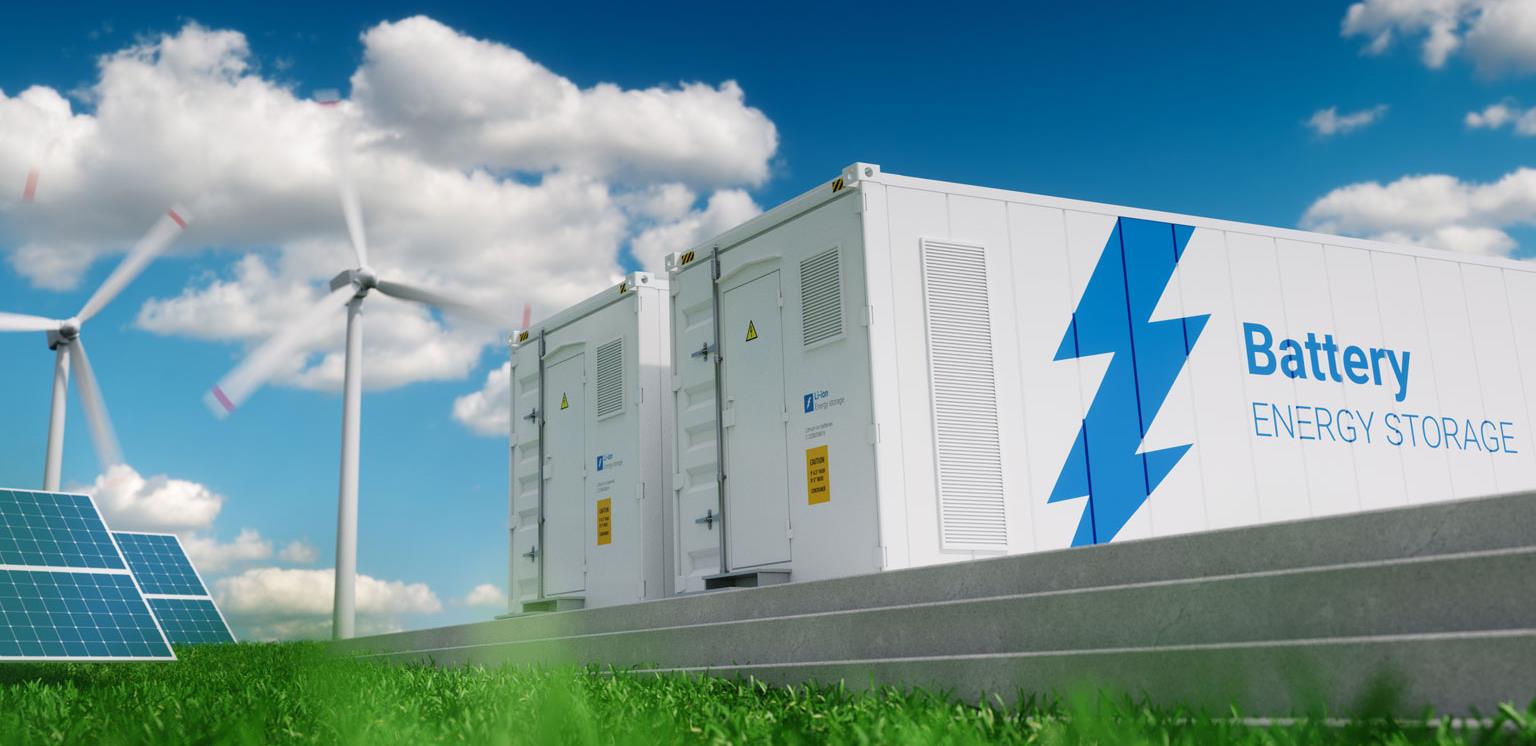The browser you are using is not supported. Please consider using a modern browser.

How Electricity Storage Will Change The Future of The Energy Industry

The electricity industry is seeing changes occur, both at faster rates than ever before and in new and innovative ways. When looking at the US electric infrastructure, energy storage is becoming increasingly in demand. Simultaneously, there has been a major push for the use of low-carbon emitting energy sources. The growth in need for energy storage on the power grid, combined with a demand for sustainable energy supplies, is leading to a decrease in interest in traditional fossil fuels. However, a major concern for the use of alternative energies is that those types of clean, renewable sources are also intermittent, which poses a challenge for the energy grids. Luckily, there is a solution to this problem in the form of energy storage.
What does intermittent energy source mean?
Intermittent power sources cease and start up again, turning on and off, while traditional constant power sources continuously function. Renewable energies, those that can be replaced on the same timescale as they are depleted, are intermittent while fossil fuel power plants will continuously function as long as coal is being shoveled or gas is being siphoned.
What is grid energy storage?
The electricity grid itself is a massive network of power generators of different sizes, different types (traditional fuel-burning generators and newer, alternative sources like hydroelectric dams), and at different distances apart. Grid energy storage refers to large-scale energy storage; utilizing multiple methods within the electrical power grid to store power when it is not needed (i.e. production is greater than consumption), ready to be used when consumption increases. These systems are similar to “smart home” technology, including appliances that turn on and off when in and out the home, utilizing data logging to predict when and how to function in a matter to optimize and preserve energy use. Similarly, “smart grid” technology is an umbrella term used to describe self-sufficient systems of energy production and storage that benefit the power market in a number of ways. These systems, when applied to power grids and traditional power-generators, use sustainable, reliable and safe electricity sources to reduce necessary workforce and provide a quality product to consumers.
What are the challenges with intermittent energy sources?
There is the obvious concern that if a power grid (the system of power plants, poles, and wires that brings electricity from the source to the consumer) completely or mainly dependent on renewable sources, then wide-scale blackouts could be a major issue. There is s concern if renewable, are able to develop large-scale, and reliable energy capacities. Countries around the world have shown that this is certainly possible; places like Iceland have more renewable (geothermal) energy than they are able to use. The important factor is being able to resource out the energy as needed; to use it when needed and be able to utilize different sources when the demand is higher.
What are some of the challenges energy grid faces?
In addition to the increase in the use of intermittent electricity sources, which bring along their own problems that must be solved, the energy grid is a very complex system that must be engineered to perfectly equal energy supply to energy demand equal energy supply to energy demand at any given moment. The amount of supply must be in constant fluctuation to keep up with the ups and downs of demand that come with day to day human life – increase during winter and summer months, day and night, etc. Additionally, storms and other weather changes can interrupt regular operations.
How can energy storage solve the intermittent energy problem?
There are three ways in which grid energy storage can solve the concern for unreliability that renewable sources are labeled with. The first way is that energy storage can channel solar power and wind power into the energy infrastructure. Outdated, carbon-burning generators can be replaced with solar panels, wind turbines, and other clean energy generators. Another way energy storage can solve the intermittency problem of alternative power sources is that it can replace gas “peaker” plants, making them obsolete.
Lastly, energy storage ability on the power grid will reduce the reliance on traditional, carbon-burning power plants. The reduction in the need for coal has a major effect on the economy. But, there are plenty of opportunities for jobs in the renewable energy sector.